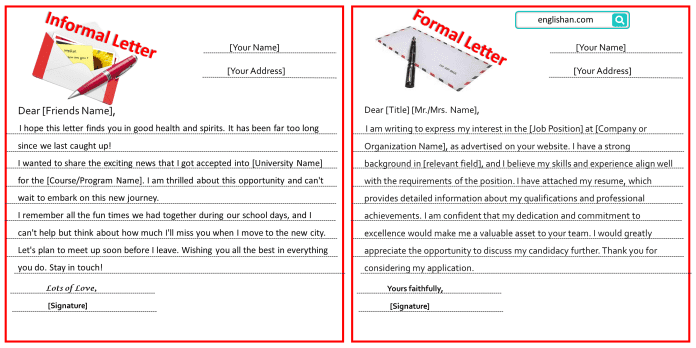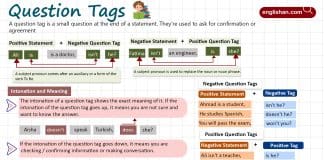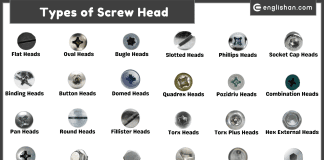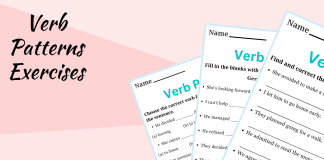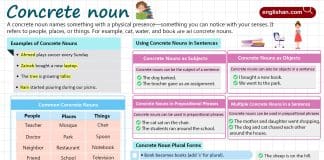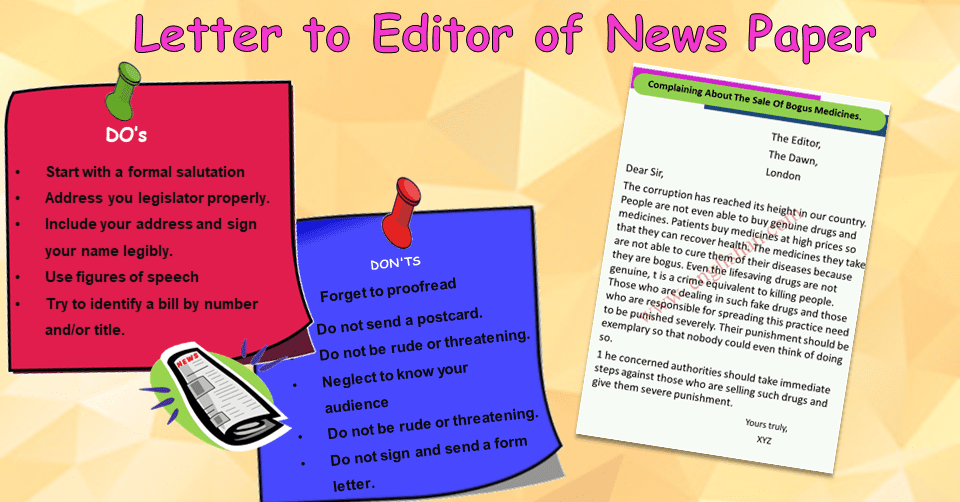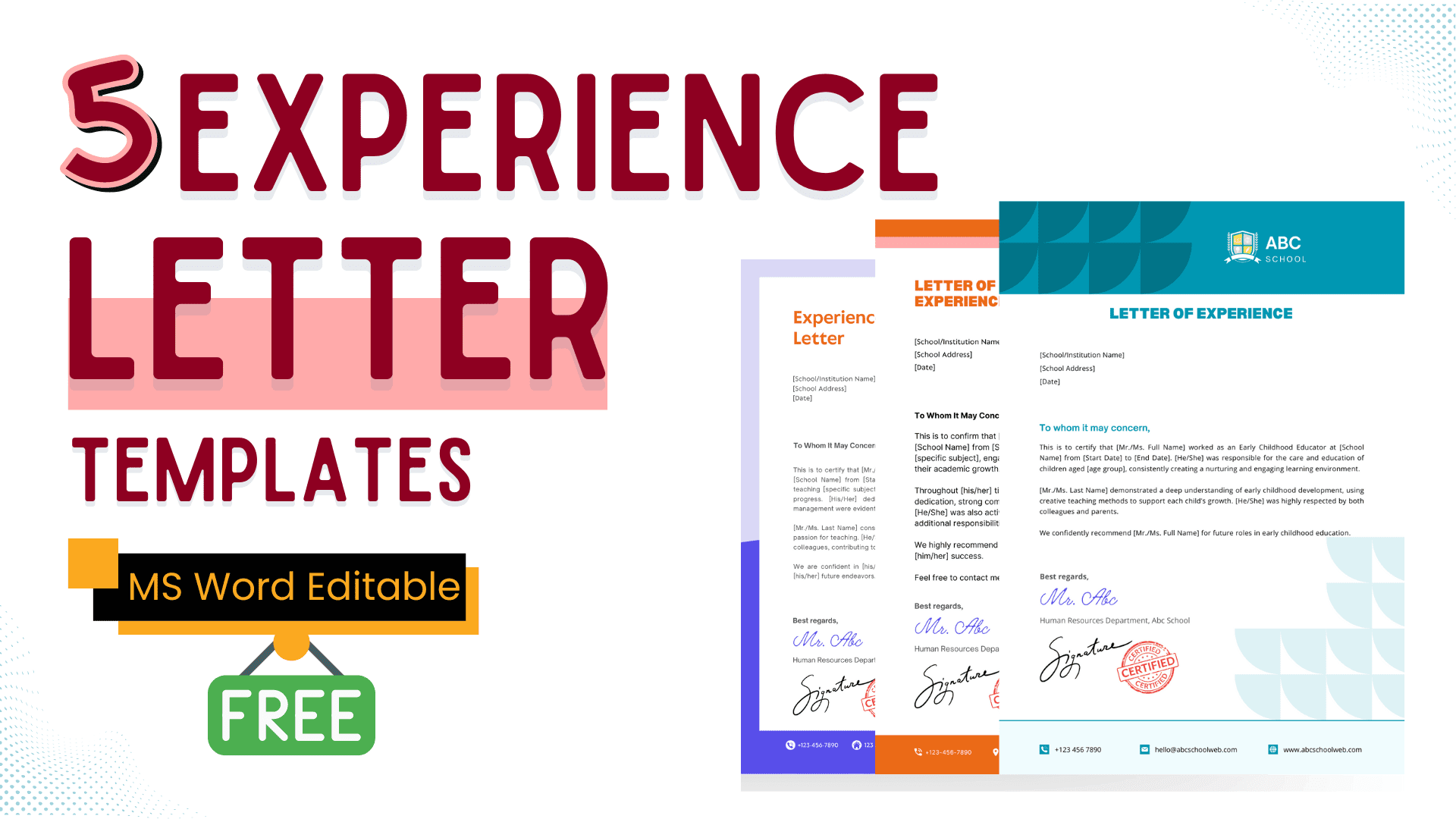Contents
Welcome to our comprehensive guide on how to write a letter in English! Writing a letter may seem outdated in the digital era, but it can leave a lasting impression on the recipient. Whether you’re a student, a professional, or want better communication skills, mastering the art of writing a clear and effective letter is essential. We’ll cover both formal and informal letters with easy-to-follow instructions and practical tips. So, let’s get started and learn how to write a letter in English!
How to Write A Letter in English
A letter is a written message that you send to someone to communicate your thoughts, feelings, or information. It’s an important skill for communicating with others, whether it’s for personal or professional reasons. To write a letter in English, start with a greeting like “Dear [Name],” then introduce yourself and explain why you’re writing. Share your thoughts or information in the main part of the letter, and end with a closing like “Sincerely” or “Best regards,” followed by your name. Letters can be informal, like the ones we write to friends and family, or formal, like the ones we use in business or school. Knowing how to write these types of letters with the right tone, words, and structure, is essential for making your letters effective and meaningful.
Parts of the Letter
There are 6 basic parts of a letter:

Heading: The top part of the letter that includes the address and the date.
Salutation (Greeting): How you start the letter, like “Dear [Name],“
Introduction: The beginning of the letter where you introduce yourself and the reason for writing.
Body: The main part of the letter where you share your thoughts, information, or message.
Closing: How you end the letter, like “Sincerely,” or “Best regards,”
Your Signature: Your handwritten name at the end of the letter.
To write a letter follow these 12 steps of writing a letter
12 Basic Steps of Writing a Letter
- Identify the Purpose
Decide why you want to write the letter – whether it’s to inquire about something, express appreciation, share news, or request information. - Choose the Format
Select the appropriate letter format – it could be a formal letter for business or official purposes or an informal letter for personal communication.

- Date and Address
Write the date on the top right corner of the letter. On the top left corner, include your address and contact details.
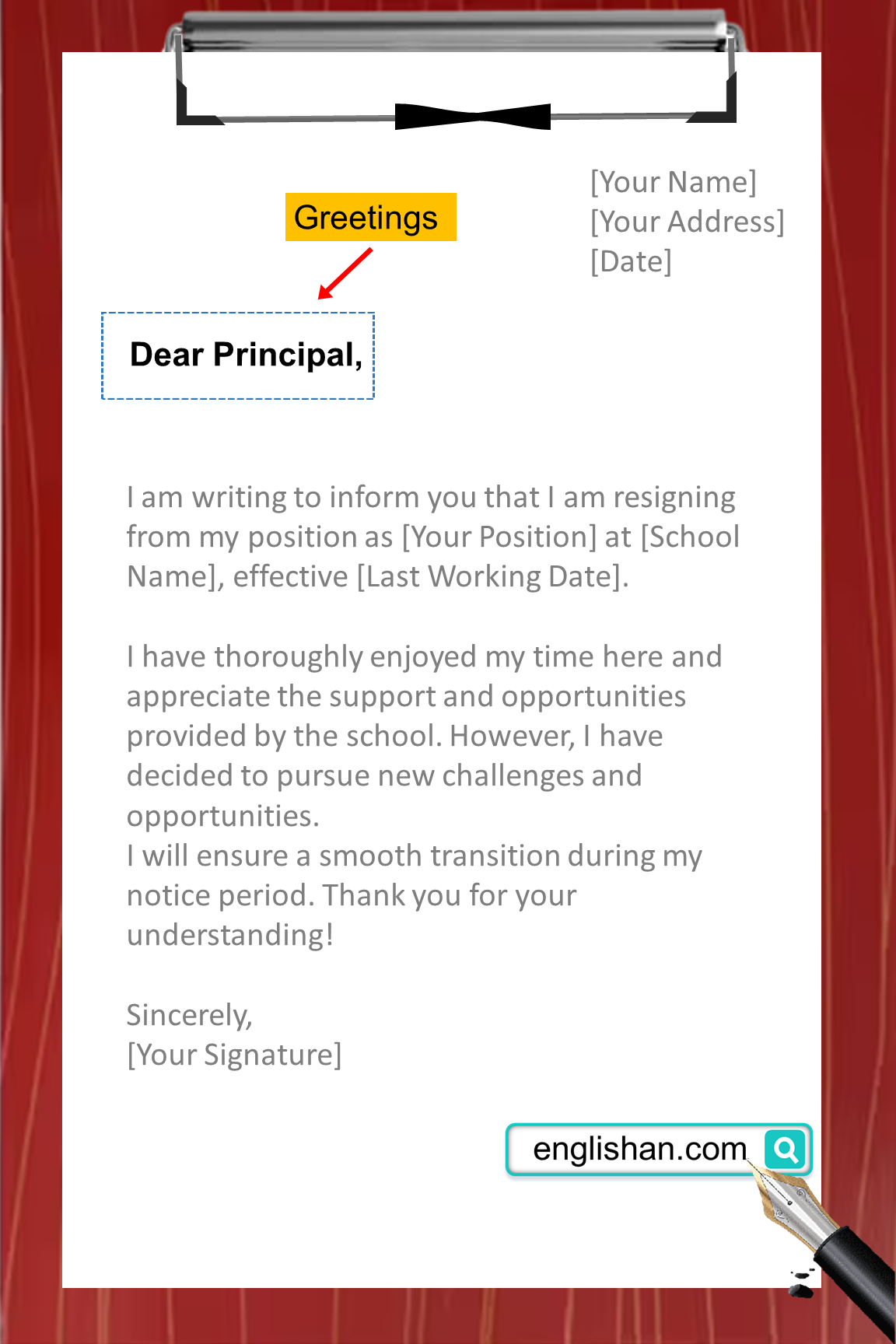
- Address the Recipient (Greetings)
Address the person you are writing to with a proper salutation. If possible, use the recipient’s name, like “Dear Mr. Smith” or “Dear Sir/Madam.”
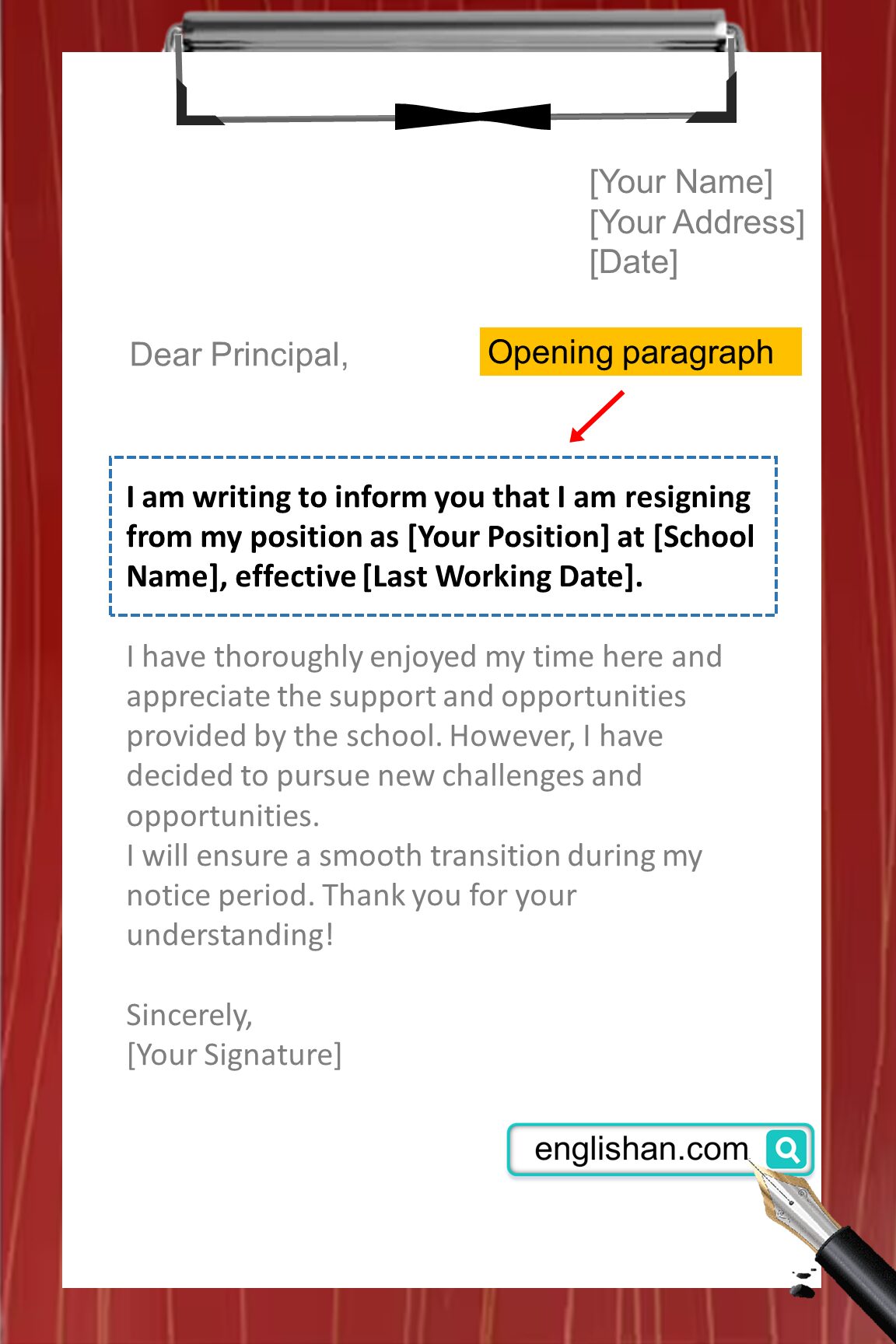
- Opening Paragraph
Begin the letter with a friendly greeting and briefly state the reason for writing.

- Body of the Letter [main part]
In the following paragraphs, expand on the purpose of the letter. Provide details, explanations, or anecdotes to support your message. Use separate paragraphs for different topics. - Be Clear and Concise
Write clearly and directly. Avoid using overly complex language or jargon that the recipient may not understand. - Include Relevant Information
Make sure to include any relevant information, such as order numbers, account details, or dates, if applicable. - Use Proper Grammar and Spelling
Check for grammar and spelling mistakes. Poor language can distract the reader from your message. - Show Appreciation or Request Action
Conclude the letter by expressing gratitude if necessary or requesting the recipient to take specific action (if applicable).
- Closing
Choose an appropriate closing, such as “Sincerely,” “Best regards,” “faithfully,” or “Thank you,”.

- Sign the Letter
Sign the letter by hand above your printed name, especially for formal letters. - Review and Send
Review the entire letter for clarity, correctness, and completeness. Make any necessary changes before sending it.
By following these steps, you can write a well-structured letter that effectively conveys your message to the recipient.
Types of letters
There are two basic types of letters and each type has its own specific format and purpose.
- Formal letter
- Informal letter
Formal letter
A formal letter is a type of letter that you write to someone you don’t know well, or to someone you want to show respect and politeness. It is used for official or professional purposes.
Characteristics of Formal Letters:
- Language: Use polite and respectful language. Avoid slang and casual expressions.
- Greetings: Begin with a formal greeting like “Dear Mr./Mrs. [Last Name],” or “To Whom It May Concern.”
- Tone: Maintain a professional tone throughout the letter. Stick to the main purpose and avoid personal stories or jokes.
- Structure: Follow a standard letter format with clear headings and proper paragraphs.
- Closing: End the letter formally with phrases like “Yours faithfully,” or “Sincerely.”
Examples of formal letters:
- Complaint to a company
- Resignation from a job
- Cover letter for a job application
- Government agency
- Invitation
- Job or school application
- Acceptance letter
- Rejection letter
- Resignation letter
- Recommendation or referral
- Offer or proposal
- Agreement
- Cover letter
- Interview follow-up or thank you
- Inquiry
- Business proposal letter
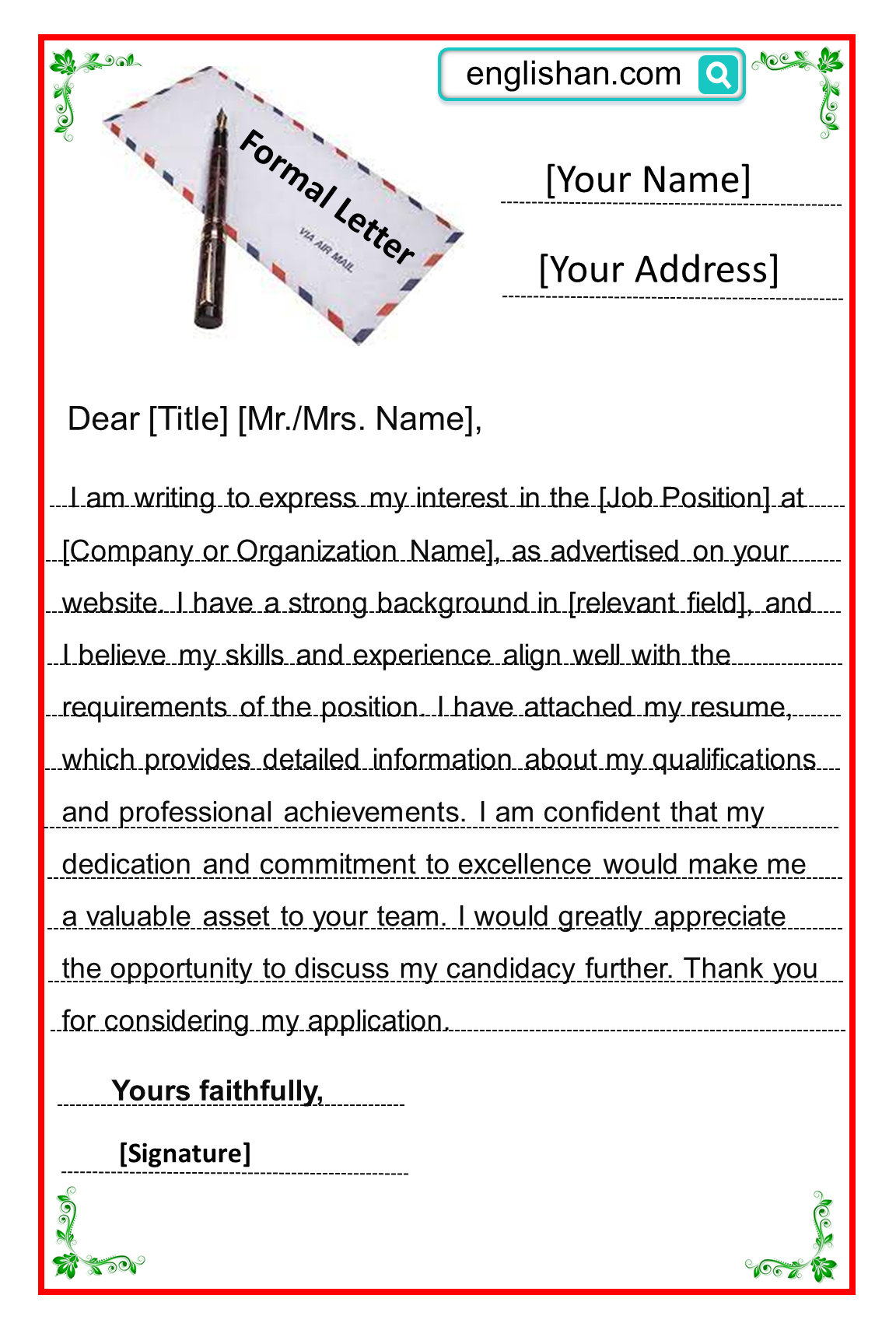
Informal Letter:
An informal letter is a type of letter you write to friends, family, or people you know well. It is used for personal communication and allows a more casual and friendly tone.
Characteristics of Informal Letters:
- Language: Use relaxed and friendly language. You can use familiar words and expressions.
- Greetings: Start with a casual greeting like “Dear [Name],” or “Hi [Name],”
- Tone: Feel free to share personal stories, emotions, and jokes in an informal letter.
- Structure: While you can still have paragraphs, the structure is more flexible and relaxed compared to formal letters.
- Closing: End the letter informally with phrases like “Take care,” “Best wishes,” or “Lots of love,”
Examples of informal letters;
- Letter to a friend or family member
- Thank-you letter to someone for a gift or help
- Congratulatory letter to celebrate someone’s achievement
- Request
- Sympathy or condolence
- Friendship/thinking of you
- Love
- thank you
- Appreciation
- Announcements, such as a name or an address change
- Letter to the editor
- Welcome
- Apologies
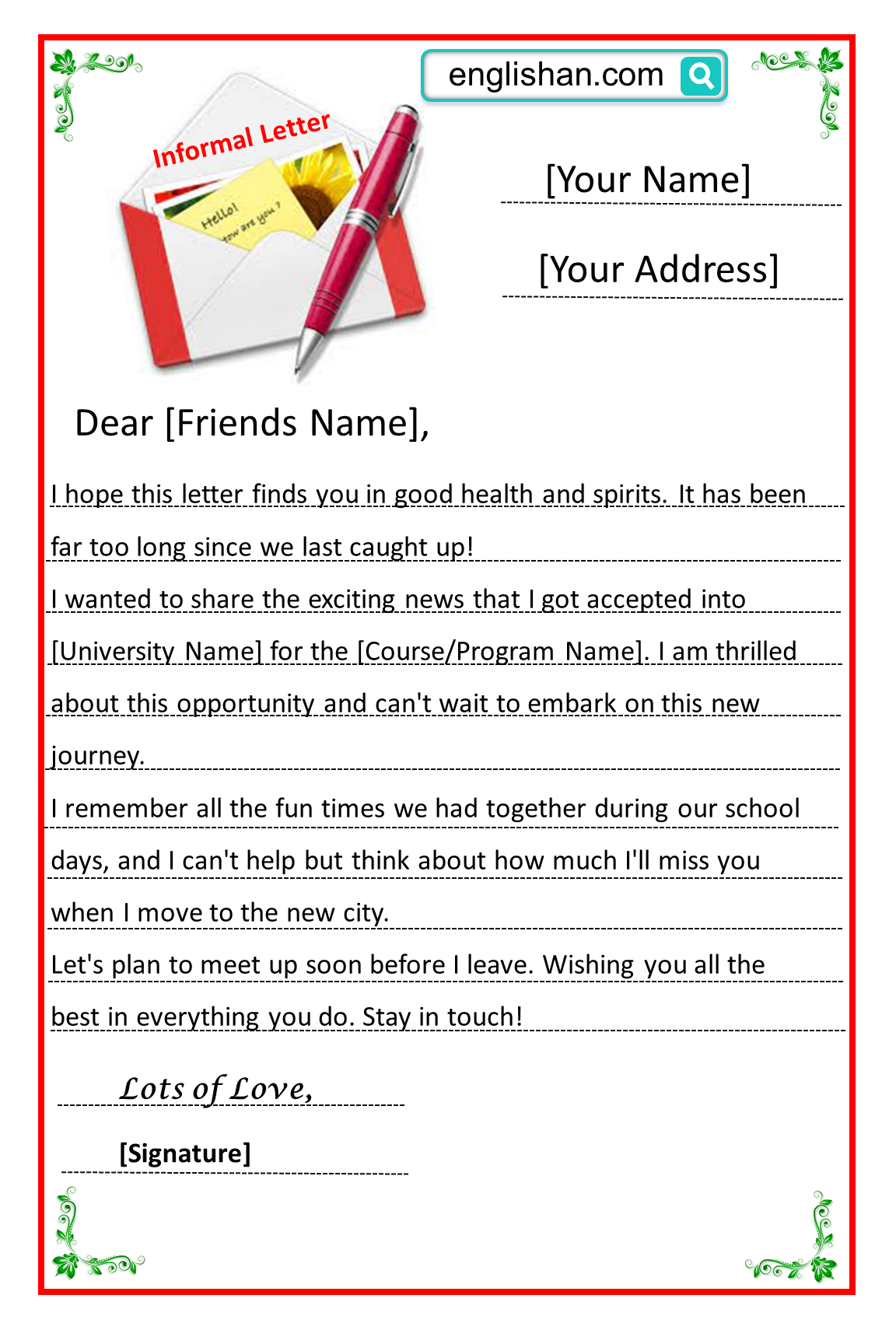
Difference between Formal and Informal Letter
| Formal letter | Informal letter | |
| 1 | Used for official, business, or professional communication. | Used for personal communication with friends, family, or people you know well. |
| 2 | Addresses someone you don’t know well or want to show respect to. | Allows for a more relaxed and friendly tone. |
| 3 | Follows a strict format with headings, salutations, and closings. | Doesn’t require a specific format, but still needs organization and clarity. |
| 4 | Uses formal language and avoids slang or casual expressions. | Uses casual language and familiar expressions. |
| 5 | Usually written in a serious and professional tone. | May include personal stories, jokes, or emotions. |
| 6 | Examples include job application letters, business letters, and letters to authorities. | Examples include letters to friends, thank-you notes, apologies, and congratulations letters. |
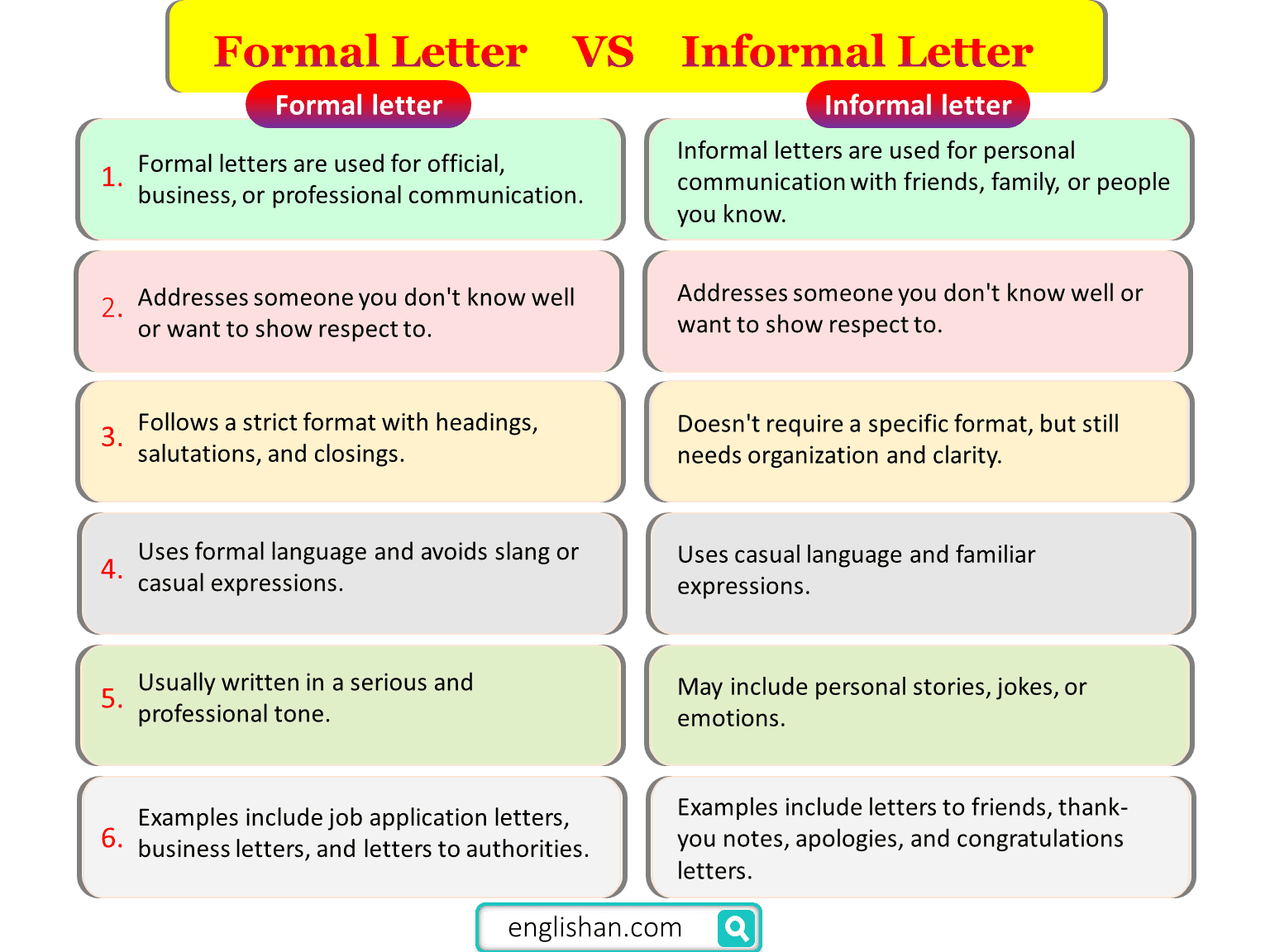
Basic Rules for Writing a Letter
Be Clear: Use simple and easy-to-understand language so that the reader can easily understand your message.
Use Proper Structure: Follow the standard letter format with a heading, greeting, introduction, body, closing, and signature.
Address the Reader Politely: Begin the letter with a respectful greeting, such as “Dear [Name],”
Introduce Yourself: In the introduction, briefly tell the reader who you are and why you are writing the letter.
Stay on Topic: Keep your letter focused on one main subject or purpose to avoid confusion.
Organize Your Thoughts: Arrange your ideas in a logical order, using paragraphs to separate different points.
Use Examples: If possible, provide examples or anecdotes to clarify your message and make it more relatable.
Be Courteous: Use polite and friendly language throughout the letter.
Avoid Slang: Refrain from using informal language or technical terms that the reader might not understand.
Check Grammar and Spelling: Proofread your letter to correct any grammar or spelling mistakes.
Keep It Concise: Be brief and to the point, avoiding unnecessary details or long explanations.
Use Punctuation Correctly: Properly use punctuation marks like commas and periods to make your writing clear.
Stay Positive: Maintain a positive tone and avoid negative language.
Thank the Reader: In closing, express gratitude to the reader for their time and consideration.

